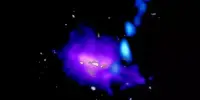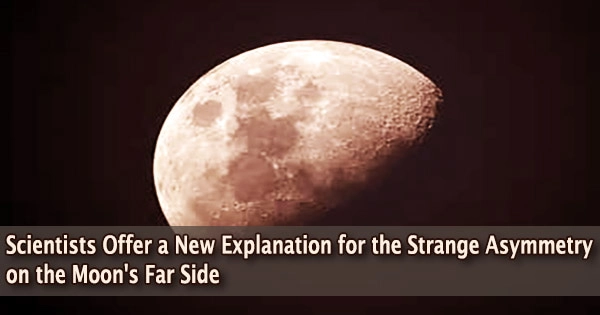At certain frequencies, a phenomenon recently identified as “collectively induced transparency” (CIT) causes groups of atoms to abruptly stop reflecting light.
By trapping ytterbium atoms inside an optical cavity—basically a small cage for light—and firing a laser at them, CIT was discovered. As the frequency of the light is changed, a transparency window appears in which the light simply passes through the cavity unhindered, even though the laser’s light will initially bounce off the atoms up to a point.
“We never knew this transparency window existed,” says Caltech’s Andrei Faraon (BS ’04), William L. Valentine Professor of Applied Physics and Electrical Engineering and co-corresponding author of an article on the finding published in the journal Nature on April 26. “Our research has primarily become a journey to find out why.”
Analysis of the transparency window suggests that interactions between groupings of atoms and light in the cavity are what caused it. Destructive interference is a phenomenon where waves from two or more sources can cancel one another out. The groupings of atoms continuously absorb and reemit light, which often causes the laser’s light to be reflected. At the CIT frequency, however, a balance is established by the light that each atom in a group reemits, which causes a decrease in reflection.

A graduate student at Caltech named Mi Lei is the co-lead author and co-opinionated on the study. “An ensemble of atoms strongly coupled to the same optical field can lead to unexpected results,” she explains.
The optical resonator, which is only 20 microns long and has features smaller than 1 micron, was created at Caltech’s Kavli Nanoscience Institute.
“Through conventional quantum optics measurement techniques, we discovered that our system had reached an unexplored regime, revealing new physics,” explains co-lead author and graduate student Rikuto Fukumori.
Aside from the transparency effect, the researchers discovered that, depending on the intensity of the laser, a collection of atoms can absorb and emit light from the laser much faster or much slower than a single atom. Because of the high number of interacting quantum particles, these processes, known as superradiance and subradiance, and their underlying physics are still poorly understood.
“We were able to monitor and control quantum mechanical light-matter interactions at the nanoscale,” explains Joonhee Choi, a former postdoctoral fellow at Caltech who is now an assistant professor at Stanford.
Though the research is primarily fundamental and contributes to our understanding of the mysterious world of quantum effects, it has the potential to pave the way for more efficient quantum memories in which information is stored in an ensemble of strongly coupled atoms. Faraon has also worked on developing quantum storage by experimenting with the interactions of several vanadium atoms.
“Aside from memories, these experimental systems provide important insight into developing future connections between quantum computers,” adds co-author and professor of physics Manuel Endres.
The research paper is titled “Many-body cavity quantum electrodynamics with driven inhomogeneous emitters.” Bihui Zhu of the University of Oklahoma and Jake Rochman (MS ’19, ’22) are among the coauthors. The Department of Energy, the National Science Foundation, the Gordon and Betty Moore Foundation, and the Office of Naval Research all contributed to this study.
















